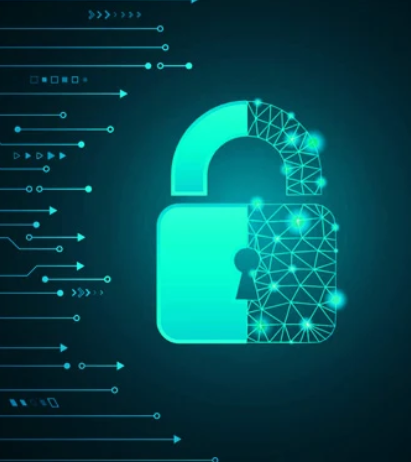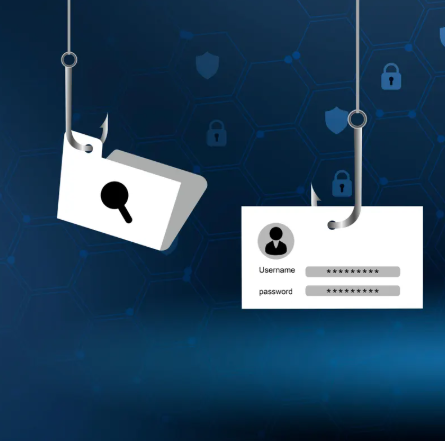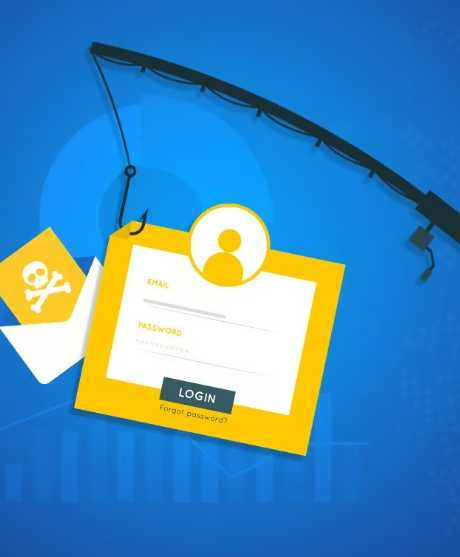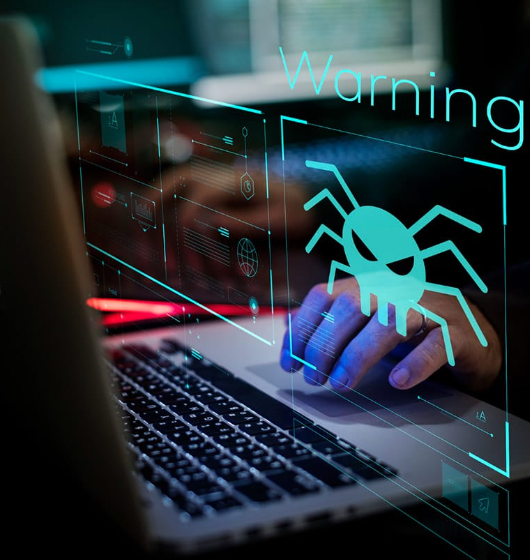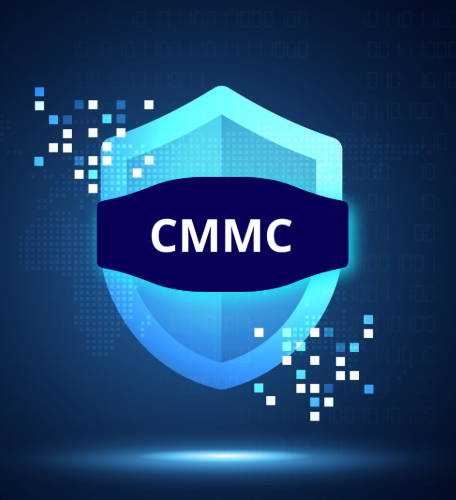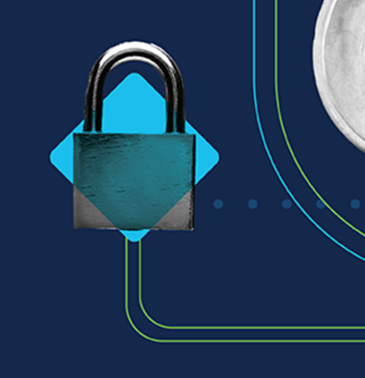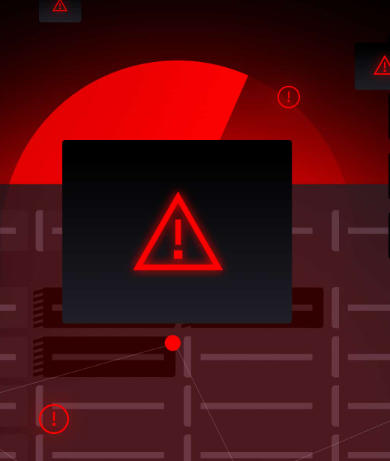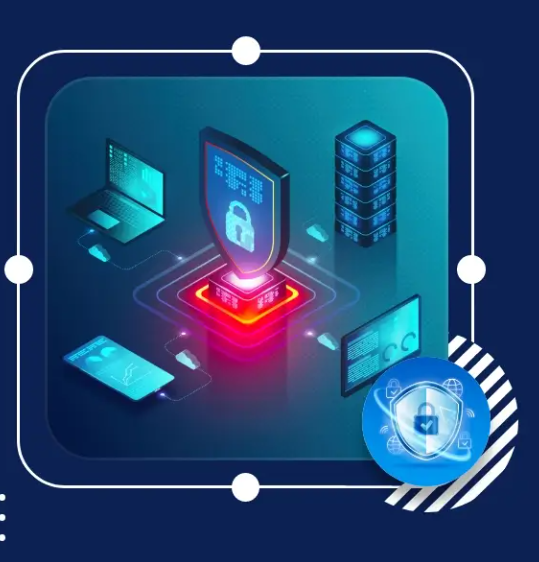
Phishing remains one of the most common and damaging cyber threats faced by businesses today. The consequences of a successful phishing attack can be extensive, leading to everything from financial losses and stolen data to reputational damage and regulatory violations. To minimize these risks, companies must adopt effective strategies for preventing phishing attacks and ensure they are well-prepared to respond quickly if an attack occurs.
Why Phishing Attacks Are So Dangerous
Phishing attacks target human vulnerability rather than technical flaws, making them difficult to detect and even harder to defend against with conventional security tools. Cybercriminals use deceptive tactics, such as fake login portals and fraudulent emails, to manipulate employees into providing sensitive information or downloading malicious software. Since phishing exploits human behavior, it can bypass even the most advanced security measures if users are untrained or unaware.
Did You Know?
Phishing emails are the starting point for 94% of all cyberattacks, and the cost of a phishing breach for a mid-sized business can surpass $1.5 million.
The Impact of Phishing on Businesses
1. Financial Losses and Fraud
Phishing attacks can lead to unauthorized transactions, fraudulent wire transfers, or ransomware infections. These financial losses can be immediate and severe, affecting everything from cash flow to increased insurance premiums.
2. Data Breaches and Legal Penalties
Compromised credentials can give attackers access to sensitive data, such as customer information or trade secrets. If these breaches involve regulated data, organizations can face hefty fines for violating compliance standards such as GDPR or HIPAA.
3. Operational Disruptions
A successful phishing attack may disable systems or lock employees out of critical accounts, leading to significant downtime. These disruptions hinder productivity and delay essential business functions.
4. Damage to Reputation and Brand Trust
Customers and business partners expect companies to protect their data. A publicized phishing incident can damage your reputation, erode customer trust, and harm long-term relationships.
5. Increased Security Expenditures
Recovering from a phishing attack often involves forensic investigations, legal fees, breach notifications, and system upgrades—costs that can create a substantial financial burden for the organization.
Key Strategies for Preventing Phishing Attacks
1. AI-Based Email Filtering
Traditional spam filters often miss sophisticated phishing attempts. AI-powered email security solutions analyze patterns in language, sender behavior, and content to identify and block phishing messages before they reach users.
2. Employee Awareness and Training
Phishing attacks rely on human error, making employee training critical. By educating staff on how to recognize suspicious emails, links, and requests, businesses can significantly reduce the risk of successful phishing attacks. Simulated phishing exercises help reinforce training and keep awareness high.
3. Multi-Factor Authentication (MFA)
MFA adds an extra layer of protection, ensuring that even if an attacker gains access to user credentials, they cannot easily access sensitive systems. Implementing MFA is a straightforward yet effective way to prevent unauthorized access.
4. Endpoint Detection and Response (EDR)
EDR solutions continuously monitor endpoints for signs of phishing-related malware and other compromises. They allow security teams to quickly isolate affected devices, minimizing the impact of the attack.
5. Real-Time Threat Intelligence
Incorporating live threat intelligence feeds into your security infrastructure helps detect emerging phishing campaigns, malicious domains, and other threats before they can affect your organization.
What to Do If a Phishing Attack Occurs
1. Rapid Detection
Use monitoring systems to identify unusual login attempts, abnormal data transfers, or other suspicious activities that may indicate a phishing breach.
2. Containment and Isolation
Immediately revoke access to compromised accounts, quarantine infected systems, and block any malicious domains or IP addresses to prevent further spread.
3. Communication and Notification
Inform affected stakeholders, employees, and regulatory bodies in accordance with compliance regulations. Being transparent about the incident helps maintain trust and ensures proper procedures are followed.
4. Root Cause Analysis
Investigate how the attack succeeded, identify any security gaps, and implement necessary improvements such as patches or additional employee training.
5. Post-Incident Review and Policy Updates
Learn from the attack by reviewing and updating your security policies, training materials, and technical defenses to prevent similar incidents from occurring in the future.
Phishing attacks are a significant threat to businesses of all sizes, but with the right prevention and response strategies in place, organizations can minimize their risk and recover quickly from any potential breaches.


